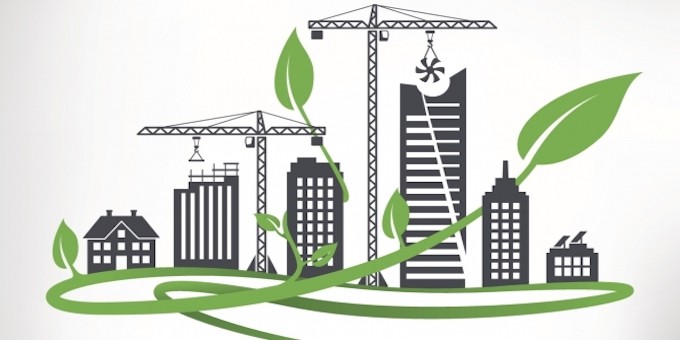The Advantages of Green Building Practices in Construction

The construction industry is a vital sector in every country’s economy, and it is responsible for shaping the built environment in which we live and work. However, the industry has been known to have a significant negative impact on the environment. Green building practices offer an effective solution to this problem. This article will explore the advantages of green building practices in construction, including energy efficiency, improved indoor air quality, and reduced environmental impact.
What are Green Building Practices?
Green building practices refer to the design, construction, and operation of buildings that are environmentally responsible, resource-efficient, and sustainable. These practices aim to reduce the environmental impact of buildings and enhance the health and well-being of their occupants. Green building practices involve using sustainable materials, designing buildings to be energy-efficient, and reducing waste and pollution during construction and operation.
Energy Efficiency
One of the main advantages of green building practices is the energy efficiency of the buildings. Green buildings are designed to use less energy than traditional buildings, which reduces greenhouse gas emissions and lowers utility bills for the building’s occupants. This is achieved through the use of insulation, energy-efficient lighting, and appliances, and the incorporation of passive heating and cooling systems.
Improved Indoor Air Quality
Green building practices also lead to improved indoor air quality in buildings. Traditional building materials and products can emit harmful chemicals, which can cause health problems for the building’s occupants. Green building materials and products are free of harmful chemicals and have low VOC (volatile organic compound) emissions, which improve indoor air quality and reduce the risk of health problems.
Reduced Environmental Impact
Green building practices also have a significant impact on reducing the environmental impact of construction. Green buildings are designed to reduce waste and pollution during construction and operation, and they are built with sustainable materials that are recyclable and have a low carbon footprint. This reduces the overall environmental impact of construction and lowers the demand for non-renewable resources.
Increased Property Value
Green buildings have been found to have higher property values than traditional buildings. This is because green buildings are more energy-efficient, have lower utility bills, and offer improved indoor air quality, which increases the comfort and well-being of the building’s occupants. Green buildings also have a lower environmental impact, which is becoming increasingly important to buyers and tenants.
Health Benefits
Green building practices also have health benefits for the building’s occupants. Improved indoor air quality reduces the risk of respiratory problems, allergies, and other health issues. Green buildings also incorporate natural light and views of the outdoors, which have been shown to improve mental health and well-being.
Government Incentives
The government has recognized the importance of green building practices and offers incentives for builders and developers to incorporate these practices into their projects. These incentives include tax credits, grants, and low-interest loans, which reduce the cost of implementing green building practices and make them more accessible to builders and developers.
Sustainable Communities
Green building practices can also contribute to the development of sustainable communities. These communities are designed to be walkable and bikeable, reducing the need for cars and encouraging the use of public transportation. Sustainable communities also incorporate green spaces and natural habitats, which improve the overall well-being of the community and provide opportunities for recreation and social interaction.



